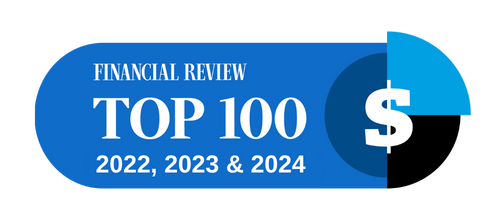When it comes to securing a home loan, many prospective homeowners are understandably drawn to the idea of finding the cheapest interest rate possible. After all, who wouldn’t want to pay less in interest over the life of their loan? However, it’s essential to recognise that the cheapest home loan rate might not always be the best loan option for everyone. In this blog, we’ll delve into the various factors that you should consider when choosing a home loan.
Interest rates aren’t everything
While interest rates are a significant factor in determining the cost of your mortgage, they’re not the only consideration. Lenders often use low interest rates as bait to attract borrowers, but these rates might come with other hidden costs. It’s essential to read the fine print and understand the terms and conditions associated with the loan.
For instance, some low-rate loans may have higher fees or less favourable features, such as limited flexibility in making extra repayments or accessing redraw facilities. These additional costs and restrictions can negate the initial savings from a lower interest rate.
Loan features and flexibility
Different home loans come with various features and levels of flexibility. While some borrowers may be comfortable with a basic, no-frills loan, others may benefit from features like an offset account, the ability to make extra repayments without penalties, or a redraw facility. These features can help you save money in the long run and provide financial security in case of unexpected expenses.
It’s crucial to evaluate your financial goals and needs to determine which loan features are essential for your specific situation. While a loan with more features may come with a slightly higher interest rate, the added flexibility can outweigh the cost difference.
Loan term matters
The length of your loan term can significantly impact your financial situation. While a shorter loan term typically comes with a higher monthly repayment, it can save you a substantial amount in interest payments over the life of the loan. On the other hand, a longer loan term may offer lower monthly payments but result in higher overall interest costs. It’s important to consider your cashflow and future goals when determining your loan term and structure.
Loan fees and charges
Low-interest rates can sometimes hide high fees and charges. These fees can include application fees, ongoing service fees, and exit fees. Some lenders may also charge fees for late payments or making extra repayments beyond a specified limit.
To evaluate the true cost of a loan, you should consider both the interest rate and the associated fees. A loan with a slightly higher interest rate but lower fees might be a more cost-effective option in the long run.
While simply securing the cheapest home loan rate is tempting, it’s essential to look beyond interest rates when making your decision. Loan features, flexibility, loan term, fees, and the lender’s reputation all play vital roles in determining the best loan option for your specific needs and financial goals. Taking a comprehensive approach to evaluate your choices will help ensure that you make a decision that aligns with your long-term financial well-being. Ultimately, the “best” loan option is the one that fits your unique circumstances and allows you to achieve your homeownership dreams with confidence.
If you would like to know more or find out how our team can assist with you property purchase plans, please contact the Walshs Mortgage Broking team to book a meeting on lending@walshs.com.au call 07 3221 5677.
By Donna Sutherland, Walshs Finance Manager











